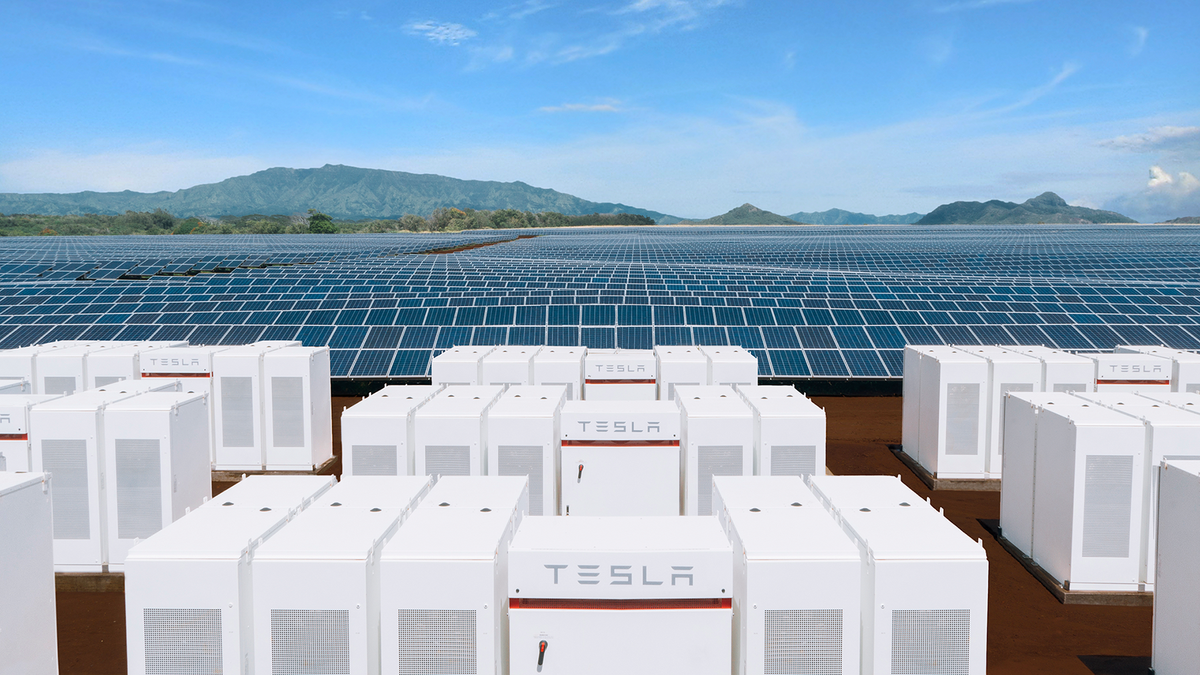A recent post took note of a column by Robert F. Kennedy Jr, in which the environmental activist and Kennedy family scion proposed to change U.S. electricity dispatch rules to encourage rapid replacement of coal generation by natural gas. The basis for his argument is the discovery in recent years of "vast supplies of deep shale gas in the United States, along with advanced extraction methods," as he put it. But not every environmentalist will sign onto that kind of plan—not without serious reservations, anyway.
In a column in today's New York Times, editorial writer Verlyn Klinkenborg expresses alarm about the impact advanced gas extraction could have in the Marcellus Shale, a geologic formation running from New York State’s Catskill Mountains to southwestern Pennsylvania and eastern Ohio. Imagining what the future could look like, Klinkenborg pauses at a clearing on a gravel road in rural upstate New York: "If the state gives the go-ahead, that subtle opening will be replaced by an industrial-sized clearing to make space for a drilling rig and all the machinery needed to fracture the shale and extract and pump the gas. All that equipment will travel on the gravel road we had just walked, which runs along a stream bank."
Juxtaposing Kennedy and Klinkenborg points up the fact that when it comes to the hard trade-offs and choices regarding future electricity generation, there is no single environmental position. Personally, I have disagreed with Robert Kennedy's campaign to close the Indian Point nuclear plant north of New York City and with the Kennedy family's opposition to construction of an offshore wind farm near Martha's Vineyard; Klinkenborg looks to be parting ways on natural gas. There will be many such partings.


